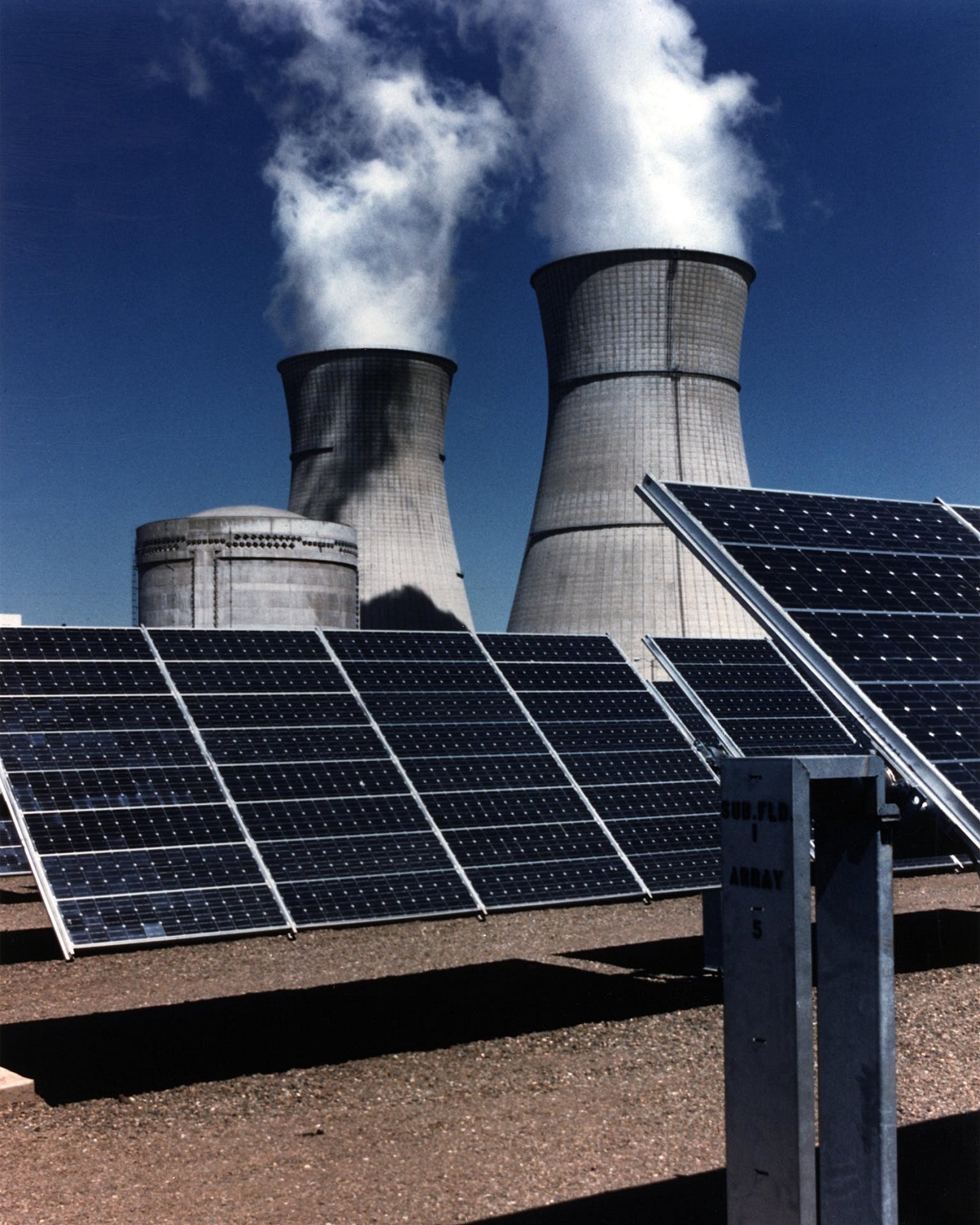Introduction:
In an era marked by a growing global consciousness towards sustainable living and renewable energy sources, solar panels have emerged as a key player in the quest for cleaner and greener power. These photovoltaic wonders have revolutionized the way we generate electricity, offering a sustainable alternative to traditional fossil fuels. In this article, we will delve into the world of solar panels, exploring their technology, benefits, and the role they play in shaping a more sustainable future.
How Do Solar Panels Work?
Solar panels, also known as photovoltaic (PV) panels, convert sunlight into electricity through the photovoltaic effect. The basic building block of a solar panel is the solar cell, typically made of semiconductor materials such as silicon. When sunlight hits these cells, photons from the sunlight are absorbed by the semiconductor material, causing electrons to be released. This flow of electrons creates an electric current, which can be harnessed as electricity.
Key Components of a Solar Panel System:
- Solar Panels: Arrays of solar cells are connected to form solar panels. These panels can be mounted on rooftops, ground-mounted structures, or integrated into building materials.
- Inverter: The direct current (DC) electricity produced by solar panels is converted into alternating current (AC) by an inverter, making it compatible with the electrical grid and household appliances.
- Mounting Structure: Solar panels need a stable platform for installation, and mounting structures provide the necessary support. They can be fixed or adjustable, allowing for optimal sunlight exposure.
- Batteries: Some solar panel systems include energy storage solutions, such as batteries, to store excess energy generated during peak sunlight hours for later use, especially during periods of low sunlight or at night.
Benefits of Solar Panels:
- Renewable Energy Source: Solar panels harness energy from the sun, an abundant and renewable resource, ensuring a long-term and sustainable energy solution.
- Reduced Carbon Footprint: Solar power is a clean energy source that produces minimal greenhouse gas emissions, helping to mitigate the effects of climate change and reduce dependence on fossil fuels.
- Lower Energy Bills: By generating your own electricity, you can significantly reduce or eliminate your dependence on the grid, leading to lower energy bills over time.
- Grid Independence: Solar panels can provide a degree of energy independence, allowing individuals, businesses, and even entire communities to generate their own power and reduce reliance on centralized energy sources.
- Government Incentives: Many governments around the world offer incentives, rebates, and tax credits to encourage the adoption of solar energy, making it more financially accessible for homeowners and businesses.
Challenges and Future Outlook:
While the benefits of solar panels are clear, challenges such as the intermittent nature of sunlight, high initial costs, and the need for efficient energy storage solutions remain. However, ongoing advancements in technology, coupled with decreasing costs, are making solar energy increasingly viable.
In conclusion, solar panels are a cornerstone of the transition towards a more sustainable and environmentally friendly energy landscape. As technology continues to evolve and economies of scale drive down costs, solar panels will undoubtedly play a pivotal role in shaping the future of global energy production. Embracing this clean and renewable energy source not only benefits the individual user but also contributes to a collective effort to combat climate change and build a greener, more sustainable world.












